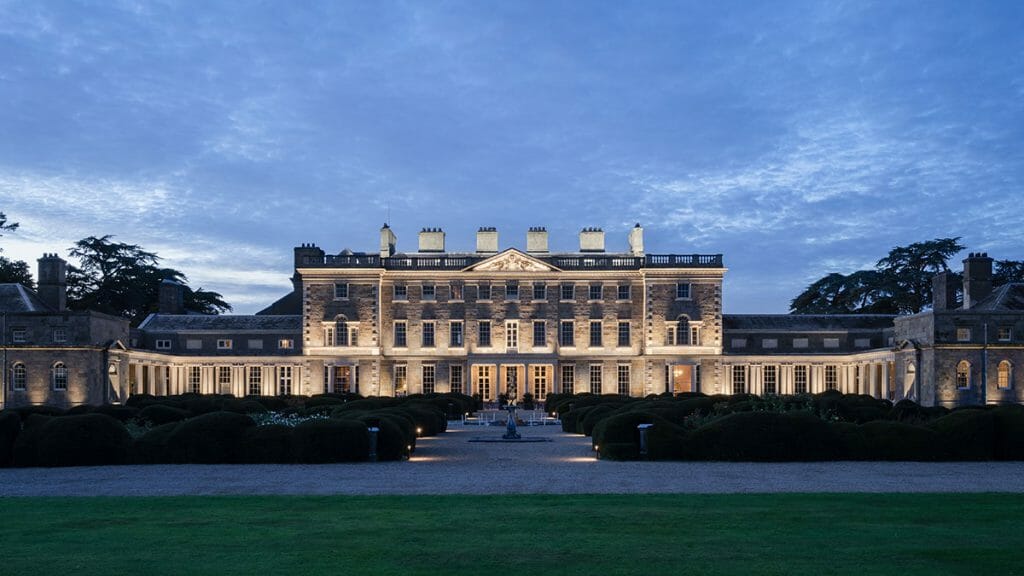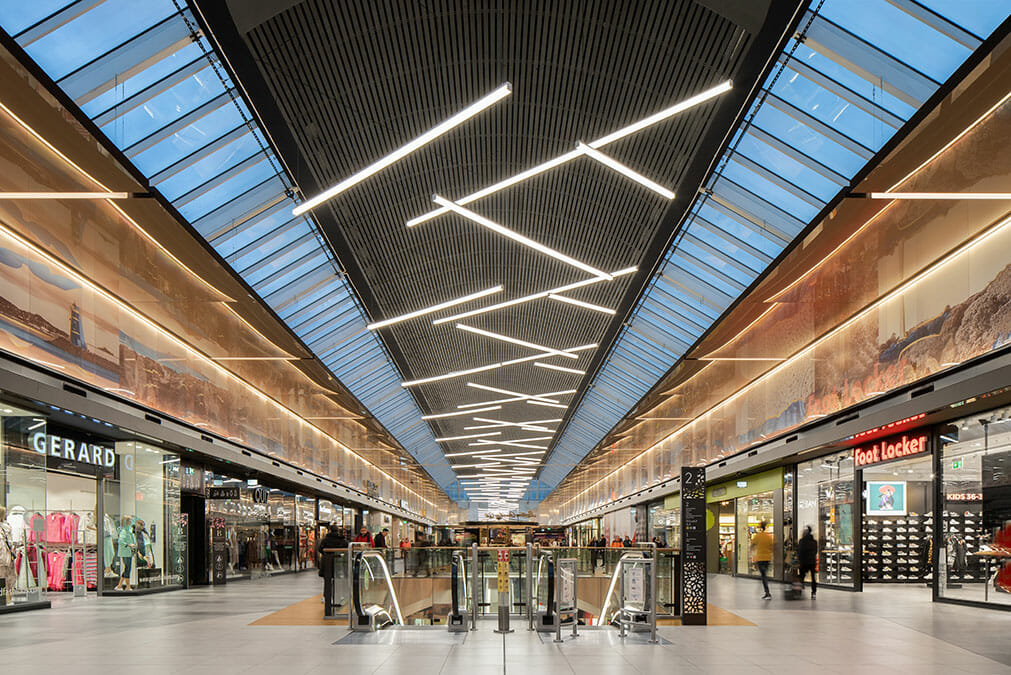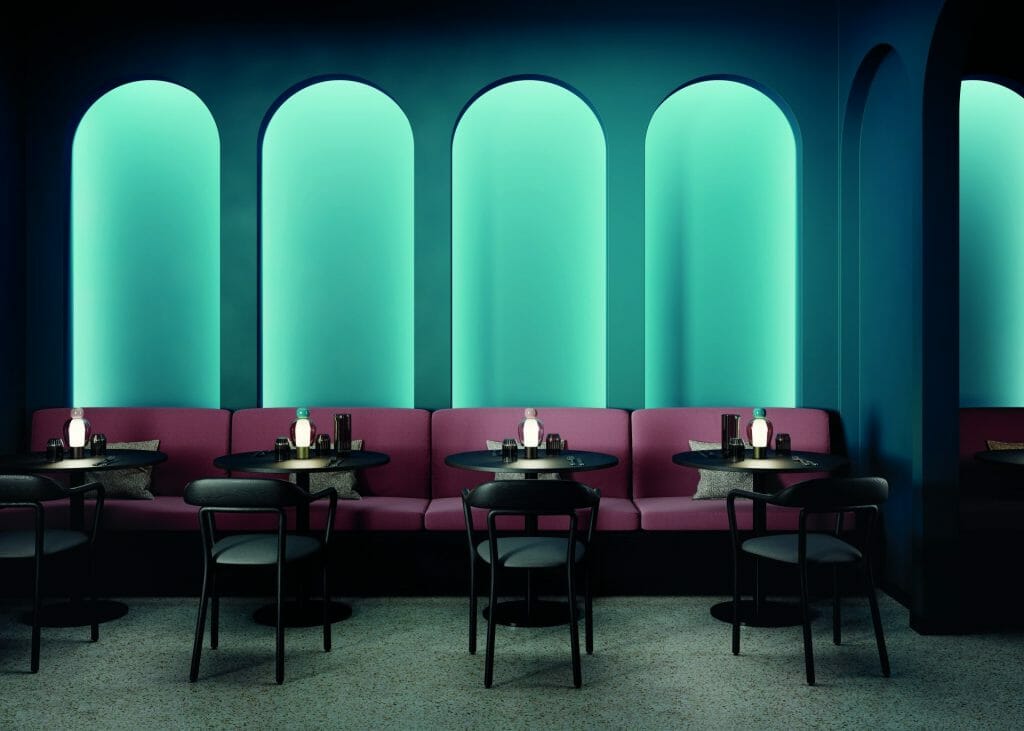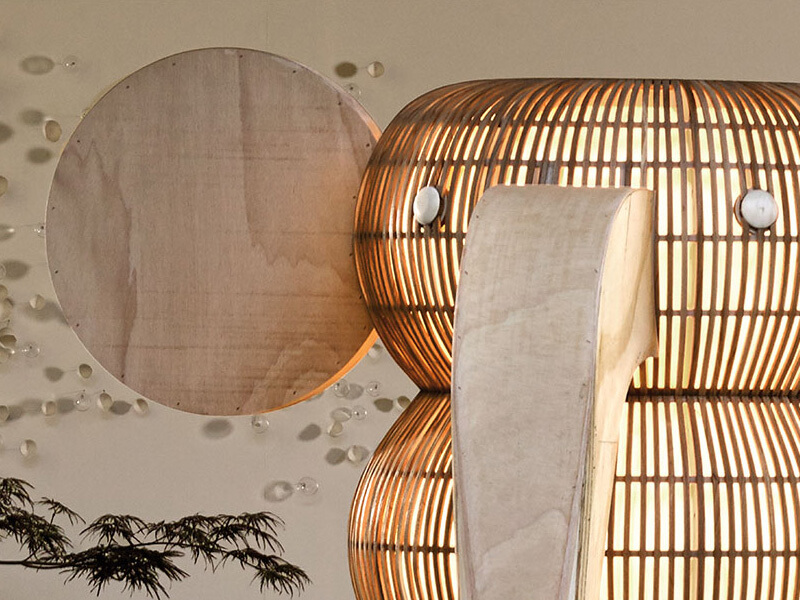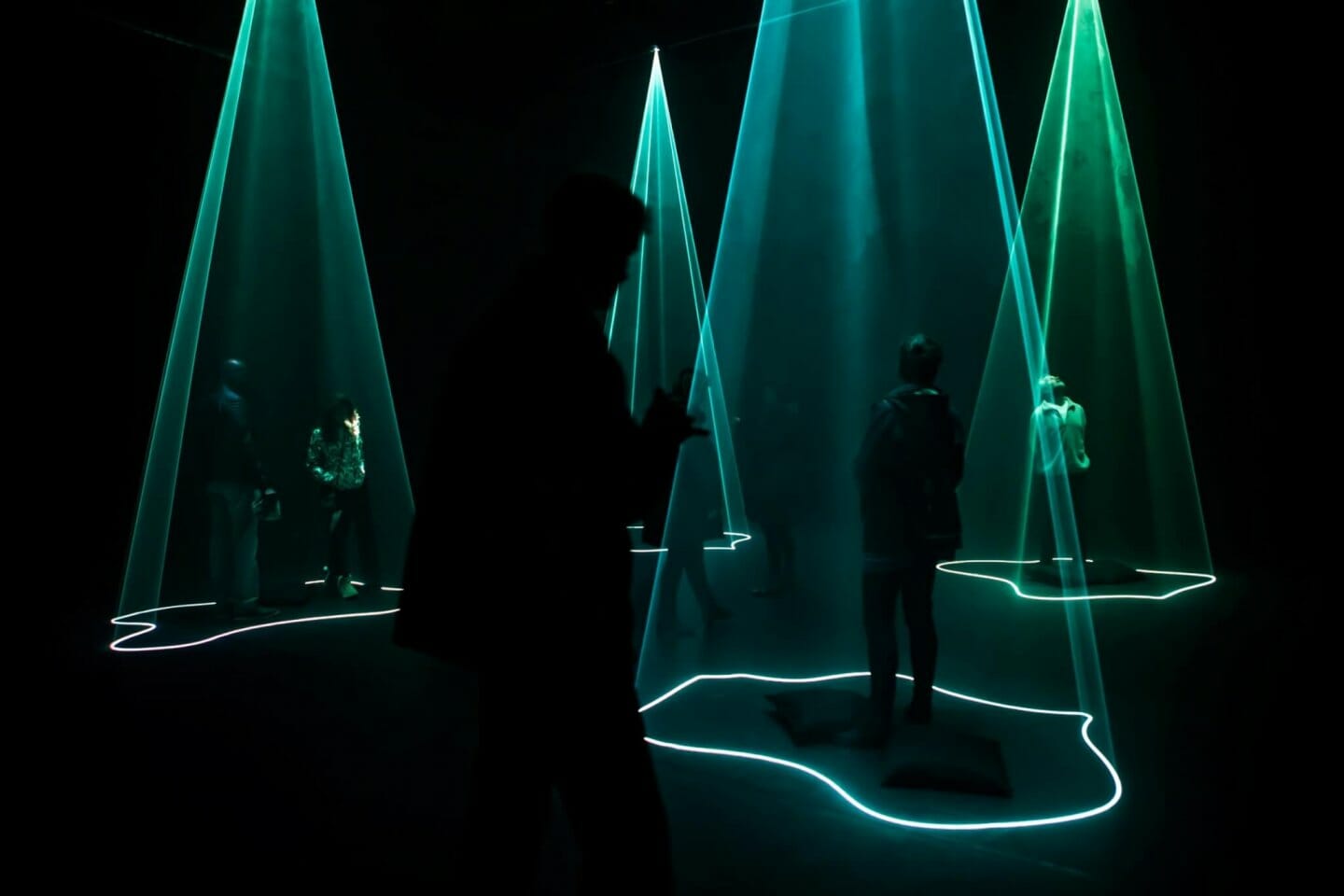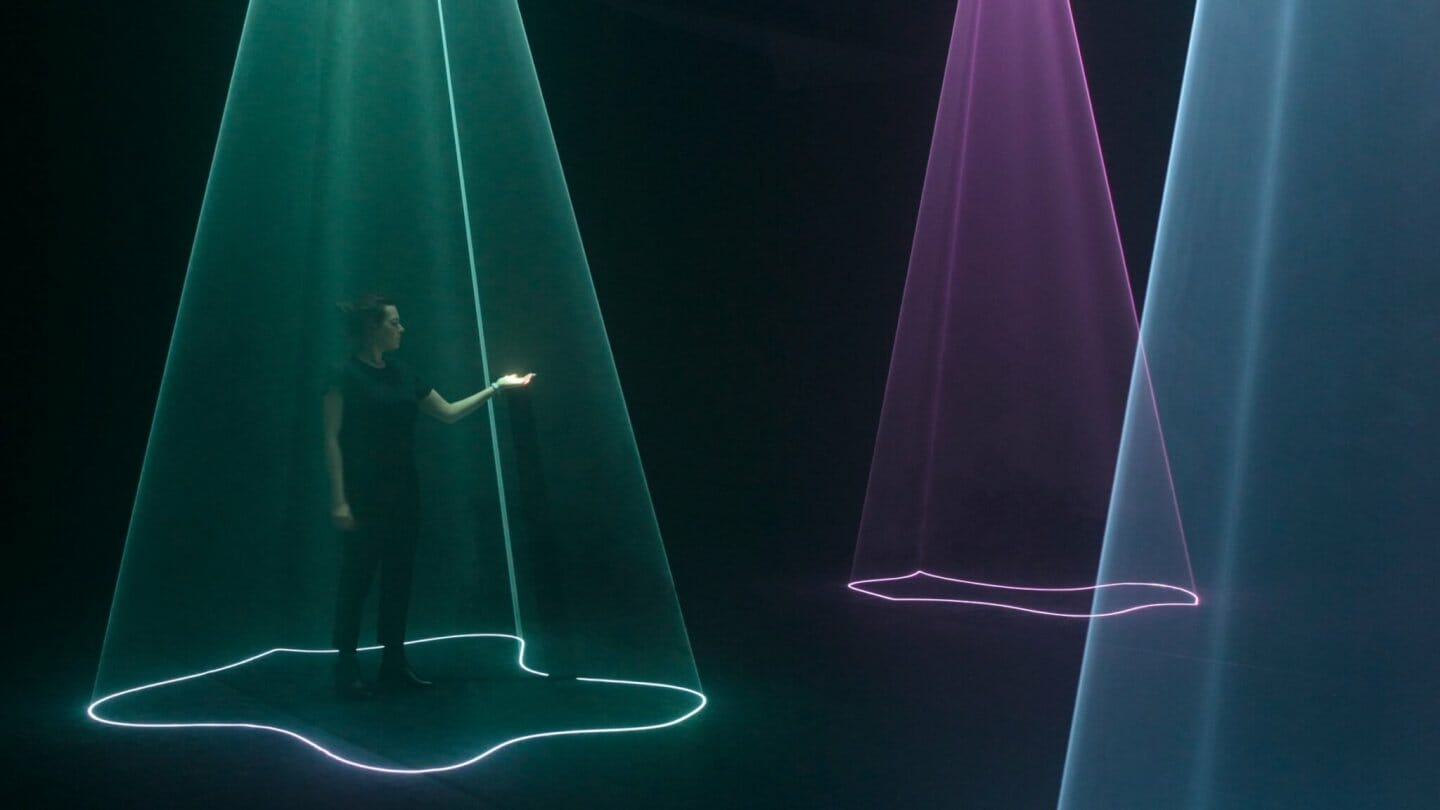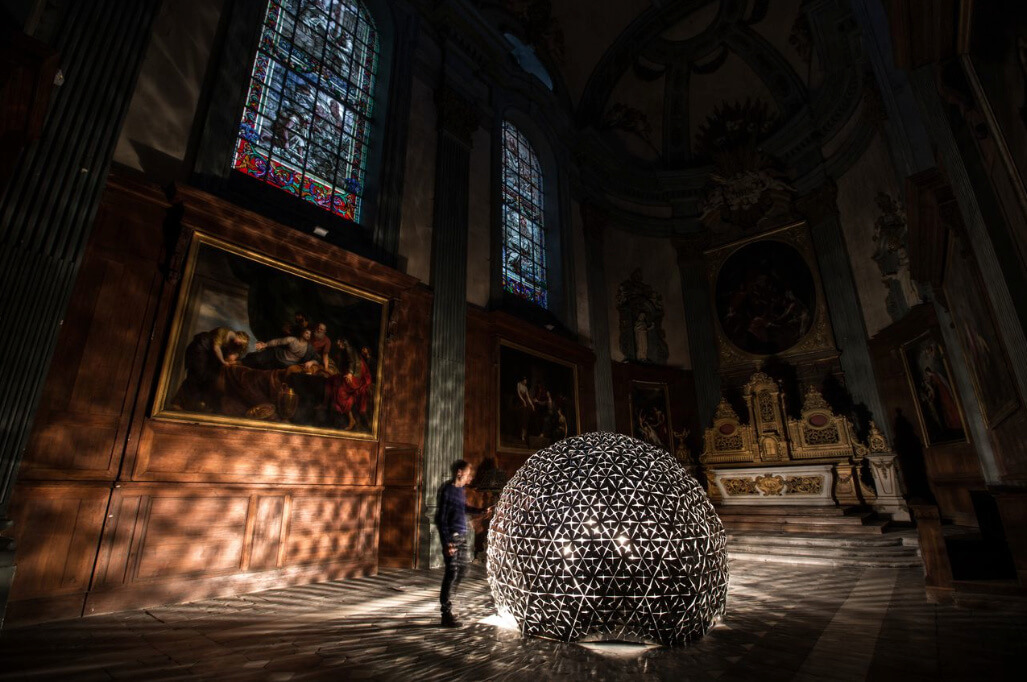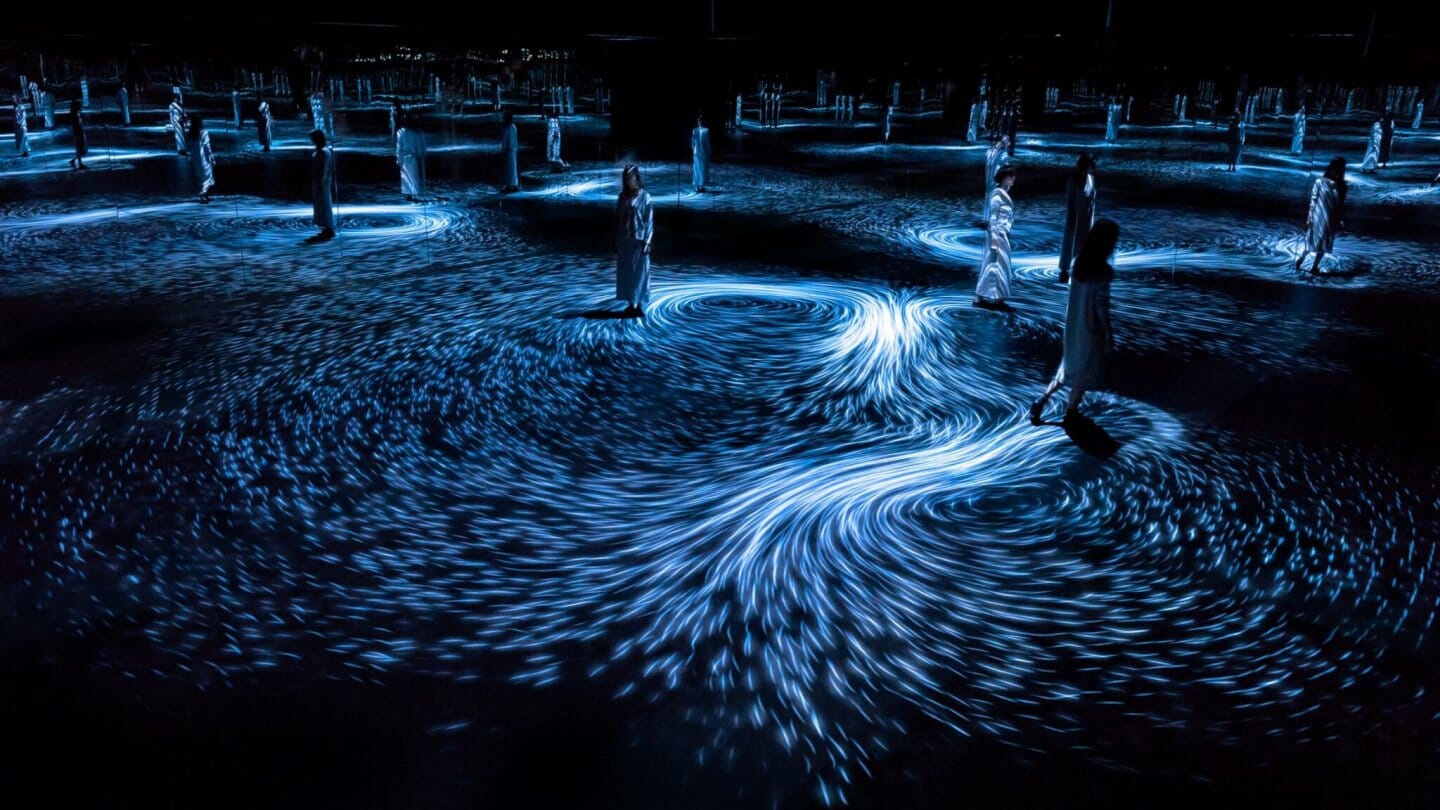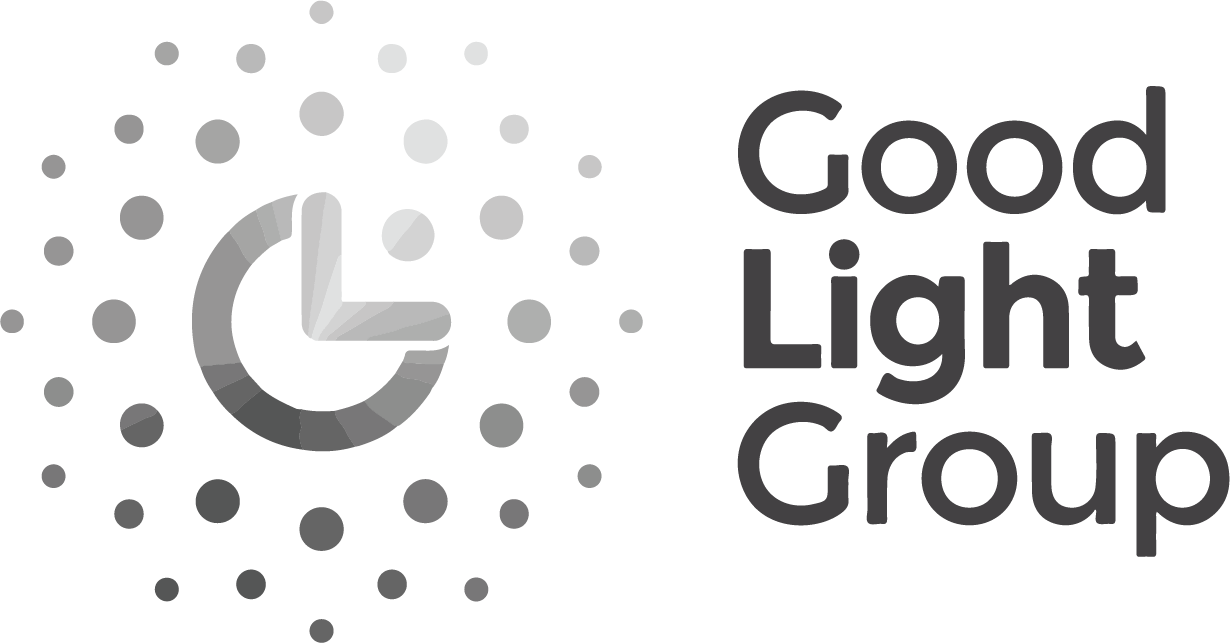- Contact us to discuss our residential design packages
- Design
- Inspire
- About
- About
- Blog
- Express Yourself

- May 16, 2019
- Carolann Kelleher
I’m not one that’s great at expressing myself. I’m not good at the basic task of forming sentences coherently, ask anyone in the office and they’ll confirm. They’re getting better at interpreting my mumble jumble though and I’m happy to say we have reached a mutual understanding. So, you can imagine how stressed I am sitting here writing this blog, trying to put words into sentences to tell you about my new found interest for ‘Light Art’.
Art, is when I really am able to express myself. I’m very much a visual person. I love experimenting with different mediums to get my ideas and visions across. But light isn’t always thought of as medium to express ideas with. Yes, we all know how important light is to art, and we all know how much of an impact light has on our emotions. But what about how our emotions can influence light? Intrigued, I started looking more and more into this medium which sent me down a rabbit hole of wonder.

I recently came across an amazing immersive audiovisual installation created by Studio Nick Verstand. As part of 2017 Dutch Design Week, the installation reinterpreted people’s emotions into pulsing light compositions. Yes, it reads your emotions and converts it into beams of light…not sure I’d want to see how my emotions would be interpreted but let’s not get into that. Visitors to the Aura installation were equipped with multiple biosensors that register brainwaves, heart-rate variability, and galvanic skin response. As they sat or laid down on cushions on the floor, a musical composition played out in the background, triggering emotional responses. The visitor’s emotional response was analyzed and then transformed into different forms, colours and intensities of light that were beamed down onto them from above.

The Lotus Dome is an interactive dome that appears to come to life as it senses people approaching. This interactive piece was created by Artist and Architect Daan Roosegaarde and is placed in Sainte Marie Madeleine Church in Lille. The Lotus Dome is constructed out of hundreds of ultra-light aluminum flowers which blooms in reaction to the heat of visitors’ hand.
Sensors are used to detect human movement and trigger the dome’s internal lights so that the light slowly follows people, creating an interactive play of light and shadow. The light causes the flowers to open up so that they appear to be responding to visitors’ behavior. The smart Lotus foil was specially developed by Studio Roosegaarde and their manufacturers. It is made from several thin layers of Mylar that folds open and close when touched by light. Mad right?

Japense art collectective TeamLab are a big favourite of mine. They are an interdisciplinary group consisting of various specialists such as artists, programmers, engineers, CG animators, mathematicians and architects. The results from this mixed bag is amazing.
TeamLab created a project named Moving Creates Vorticles Create Movement, using lighting to create a sea of spiralling ‘whirpools in water’. it is intended to demonstrate the ability of humans to change the course of nature. The installation is created from immersive and responsive’ lights that project moving lines on the floor. The lights then respond to the presence and movements of people within the room. The idea behind it that when a person moves, a force is created in that direction, creating a ‘flow’. The faster that person moves, the stronger the force that is created. If that person doesn’t move at all, then there is no flow, as a result nothing will be present in the room. Mirrors surround the space, creating the illusion of an infinite ocean inside the gallery. Looks so calming doesn’t it? Although knowing me I’d walk straight into the mirrors.
- Design
- Art, Creativity, Design, Emotion, Light Art, Light Design, Light Effects

About Carolann Kelleher
Carol-Ann fell into the world of design and hasn’t looked back. In her spare time she likes to utilise her creativity by experimenting with photography.
Browse by category
Browse by tag
- #IDSW2019
- 2019
- 2021
- 2022 Award Winners
- 48 volt track
- About Us
- Ambient Lighting
- Architect
- Art
- Arturo Alvarez
- Awards
- Bathrom
- Bathroom
- Bathroom Design
- Bathroom Lighting
- Baynetcap
- bedroom lighting
- Behind the Scenes
- Biophilia
- Biophilic Design
- Blanchardstown Shopping Centre
- Blog Post
- Blue
- Brands
- building materials
- bulbs
- Carton House
- church design
- Colour
- Comfort Lighting
- commercial
- commercial design
- Contract Interiors
- cost
- Cottage Design
- Creativity
- Deconstructing
- decorative lighting
- Denise O'Connor
- Design
- Design Team
- Details
- Dining Space Lighting
- Downlighting
- downlights
- E14
- electrician
- Electrics
- Emotion
- Emotional Lighting
- enviromentally friendly
- Estluz Laverd
- Exhibitions
- Experience
- experiential showroom
- Exterior Lighting
- external lighting
- eyelit65R
- Festoon Lighting
- Finalists
- Finances
- first fix
- five star hotel
- floor lamp
- Floor Light
- Floor Plan
- flooring
- functional lighting
- Garden
- Garden Lighting
- Getting the lighting right
- Glare
- GU10
- guide
- Haberdashery
- Hard Wood Flooring
- healthy lighting
- Heart of the home
- hidden lighting
- hints
- Home
- Home renovation
- house design
- Hypro
- Illuminated Furniture
- IMNDA
- importance of windows
- inchsawmills
- Interior Design
- Interior Lighting Design
- Interiors Trends
- International Dark Sky Week 2019
- internorm
- IP Rating
- Irish Times
- Ivela
- Jan Battles
- kitchen
- Kitchen Design
- Kitchen lighting
- Kitchen Squeeze
- Lampshades
- Landscape Lighting
- Layers of Light
- LED
- LEED
- Light
- light and health
- Light Art
- Light Brands
- Light Design
- Light Effects
- Light Fitting
- light masterplanning
- Light Pollution
- Light Technology
- lightbulbs
- Lighting
- Lighting Company
- lighting controls
- Lighting Design
- lighting designer
- Lighting Designers
- Lighting Plan
- Lighting Products
- lighting switches
- lighting tips
- LIT awards
- Living Space Lighting
- LND
- LZF
- Minimal Glare
- Monica Duggan
- mood lighting
- Motor Neurone Ireland
- munster joinery
- Nest
- new build
- New Year
- new york
- newbuild
- Newsletter
- night time lighting
- NYCxDESIGN
- Online Consultation
- Open Plan Space
- Our Team
- Outdoor
- Outdoor Lighting
- Parquet FLooring
- pendant light
- Pendants
- Piet Oudolf
- plastering
- plumbing
- Power of Switching
- Prolicht
- recessed lighting
- reducer
- reflections
- renovate
- Renovation
- Residential Lighting
- Residential lighting design
- retail
- Retro Fit
- riai
- salvaging
- scene setting
- Self build
- Self Build Newsletter
- selfbuild
- senator
- shadows
- sonos
- spacer
- Spotlights
- st bartholomews church
- Studio Italia
- sustainable
- sustainable building
- switching
- table lamp
- Table Light
- talalighting
- Task Lighting
- The Irish Times
- timber frame
- tips
- Trend
- tricks
- UGR
- Unified Glare Rating
- voliere
- willie duggan
- willieduggan
- Windows
- wiring





- Inspire
